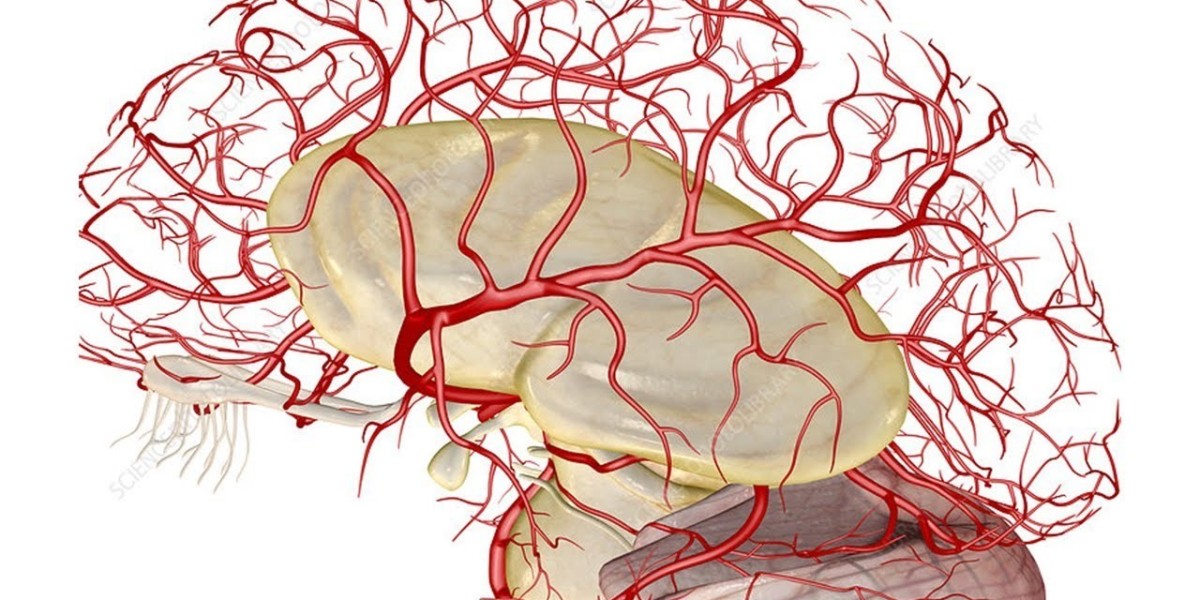What is Cerebral Angiography?
Subtraction angiography is a medical imaging technique used to evaluate the arteries and veins in the brain and neck. During the procedure, a catheter is threaded through an artery, usually in the groin, and guided to the brain vasculature. Once in place, a contrast dye is injected through the catheter and X-ray or CT imaging is used to capture radiographic images of the cerebral vessels.
Preparing for the Cerebral Angiography
Prior to the angiogram, patients will need to stop taking certain medications that can increase bleeding risk, such as blood thinners. They will also need to undergo lab tests to check kidney function and blood cell counts. On the day of the procedure, a local anesthetic will be used to numb the groin area where the catheter is inserted. Patients may also receive intravenous sedation to help them relax during imaging.
Inserting the Catheter
The physician will make a small nick in the skin over the femoral artery in the groin and thread a thin tube called a catheter through the artery and guided it up into the neck and brain under live X-ray imaging. This allows the catheter to be precisely maneuvered through narrow vessels while avoiding damage to vessel walls or surrounding tissues. Position is confirmed using contrast dye injections and fluoroscopy.
Injecting Contrast Dye
Once in place, a series of radiographic images will be taken while injecting a small amount of contrast dye through the catheter. This dye, which contains iodine, allows vessels to be seen clearly on the images. The contrast passes through cerebral arteries and veins, showing their size, shape, and any abnormal attachments, blockages, or lesions. Complex vessel systems can be mapped in this way.
Imaging Techniques
Traditional cerebral angiograms use X-rays, while newer techniques employ CT or MR imaging instead. Digital subtraction angiography (DSA) uses two X-ray images taken in rapid succession, one with and one without contrast, which are digitally compared to remove background structures and highlight only the contrast-filled vessels. This improves image quality. CT angiograms use rapid sequential CT imaging during contrast injections.
Potential Complications
Though generally a low-risk procedure, potential complications can include:
- Bleeding or hematoma at the catheter entry site.
- Damage to blood vessels being catheterized.
- Allergic reaction to contrast dye.
- Contrast-induced kidney injury (rare).
- Stroke from catheter-induced vessel damage or clots (very rare).
Proper technique and prep can minimize risks. Most patients have no issues and go home the same day. Serious problems are uncommon when performed by an experienced interventional radiologist.
Diagnosing Brain Conditions
Subtraction angiography provides unparalleled anatomical detail of the cerebral and neck vasculature. It is invaluable in the evaluation and diagnosis of numerous conditions, including:
- Aneurysms - Bulging weak spots in vessel walls.
- Arteriovenous malformations (AVMs) - Abnormal tangle of arteries and veins.
- Stenosis - Narrowing of arteries from atherosclerosis or other causes.
- Vasculitis - Inflammation of blood vessels.
- Tumors - Both benign and malignant growths.
- Head trauma - Abnormalities from injury.
- Ischemic events - Blockages causing strokes.
By identifying these lesions, physicians can plan the appropriate treatment such as surgery, stents, coiling, or radiation. Angiography also helps monitor conditions over time or guide endovascular therapies.
In skilled hands, subtraction angiography provides unparalleled visualization of the brain's blood supply. It remains a vital tool for evaluating many vascular abnormalities and guiding treatment decisions. While carrying a small risk, modern techniques minimize harms. The detailed anatomical roadmap it creates is invaluable for managing various brain diseases affecting blood vessels.
For More Insights Discover the Report In language that Resonates with you
Get more insights: Cerebral Angiography
Explore more Article: Immunotherapy Drugs Market
About Author:
Money Singh is a seasoned content writer with over four years of experience in the market research sector. Her expertise spans various industries, including food and beverages, biotechnology, chemical and materials, defense and aerospace, consumer goods, etc. (https://www.linkedin.com/in/money-singh-590844163)









